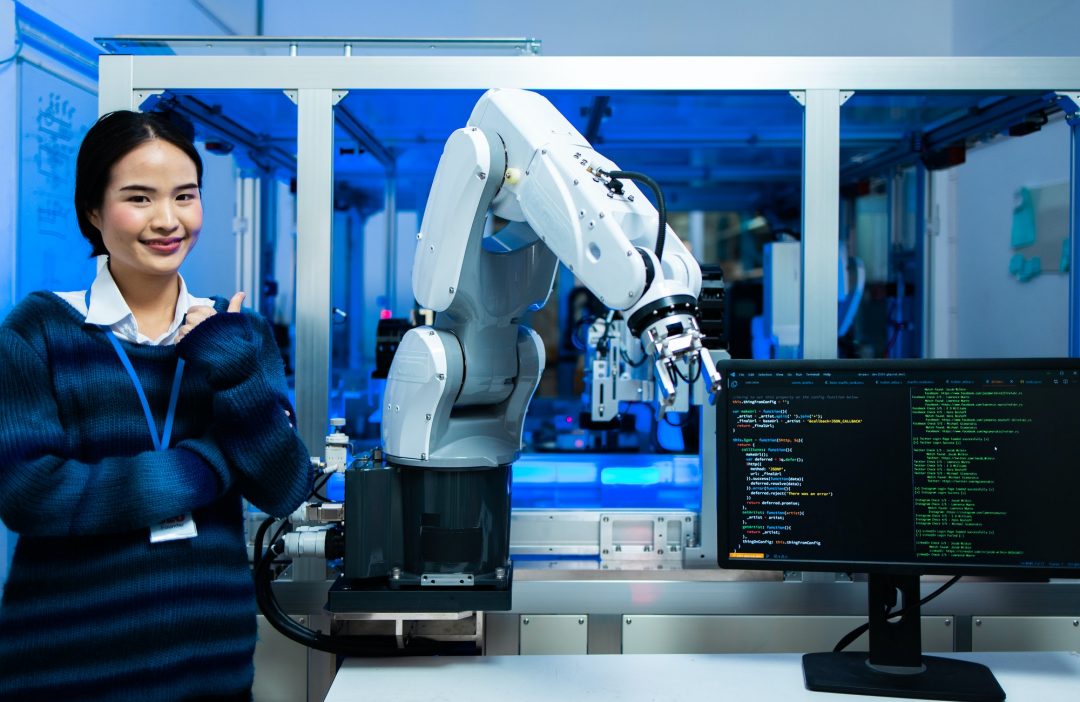- Home
- Anomaly detection and sensor data analysis
Anomaly detection and sensor data analysis

Anomaly detection and sensor data analysis
Anomaly detection and sensor analytics are used in various fields to gain competitive advantage improve service availability and customer satisfaction. Few examples are:
- Bank fraud detection
- Structural defect detection
- Medical problem detection
- Finding errors in text
- Network security and intrusion detection
- Machine failure predictions
- System health monitoring
- Event detection
Sensor analytics are used extensively to reduce cost, improve performance and customer satisfaction. Following are few examples of industry use
Sensor data from delivery trucks is helping businesses schedule preventive maintenance before mechanical issues can disrupt fleet operations.
Biosensors are now used to enable better and more efficient patient care across a wide range of healthcare operations, including telemedicine, telehealth, and mobile health.
Real estate management companies use building data such has HVAC data, ventilation etc. to do preventive maintenance and save expensive repairs and loss of service.
Governments, local cities are upgrading the grid based on data received from smart grids by predicting future usage and capacity.
Insurance companies can use sensor data to predict probability of a claim on driver’s driving profile. This helps insurance company adjust the premium so that they can gain competitive advantage by quoting cheaper rates to safe drivers and charging extra premium to risky drivers.
Utility companies can gather data from the smart meter to model and predict usage patterns of various consumers to gain competitive advantage.
Manufacturers use sensor-data analytics to monitor the health and performance of their products and to work proactively to address service and maintenance issues before they lead to product downtime.
Manufacturing companies use data from various sensors from their products to perform predictive maintenance before the equipment breakdown to save expensive repairs and loss of service.
Oil and gas industry uses sensor technology to predict probability of finding oil at certain location and reduce experimental drilling costs.
For anomaly detection we use various techniques, here are a few that we have used:
Supervised learning (Neural networks, support vector machines, random forest algorithms)
Unsupervised learning (multivariate normal modelling, clustering techniques)
Semi-supervised techniques
Density based techniques such as K-nearest neighbor, local outlier factor
Fuzzy logic based outlier detection
Ensemble techniques possibly combining multiple techniques.
